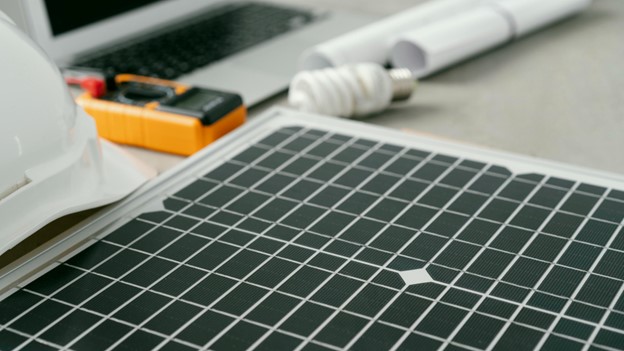
Next-Gen Concrete: Self-Healing Solutions for Infrastructure

General Introduction
Concrete is the backbone of modern infrastructure. However, it possess a weakness: cracking. As structures age, cracks occur due to various factors such as shrinkage, chemical reactions, and environmental stresses. These cracks compromise the integrity of the structure, leading to expensive repairs and maintenance. However, recent advancements in material science have introduced a revolutionary solution, self-healing concrete. In this blog, we will learn about the concept of self-healing concrete, its mechanisms, applications, and its potential to revolutionize the future of construction.
Understanding Self-Healing Concrete
Self-healing concrete is a revolutionary innovation that mimics the healing abilities of living organisms. It incorporates various healing mechanisms that allows it to repair cracks autonomously without human intervention. There are primarily two types of self-healing mechanisms employed in concrete, as follows:
- Autogenous Healing: This process involves the use of internal materials within the concrete matrix to repair cracks. Once water finds its way into the cracks, the bacteria lying dormant inside the concrete come to life. These bacteria produce calcium carbonate, a mineral that fills the cracks and restores the concrete’s integrity.
- Capsule-Based Healing: In this approach, microcapsules containing healing agents such as polyurethane or epoxy are embedded in the concrete matrix. When cracks occur, these capsules rupture, releasing the healing agents which then react with surrounding materials to seal the cracks.
Applications of Self-Healing Concrete
The potential applications of self-healing concrete are vast and diverse, ranging from infrastructure projects to residential construction. Some notable applications include:
- Bridges and Highways: Self-healing concrete can significantly extend the lifespan of bridges and highways by minimizing the need for frequent repairs caused by cracking due to traffic loads and environmental factors.
- Buildings and Structures: In urban environments, self-healing concrete can enhance the durability and longevity of buildings, reducing maintenance costs and ensuring structural safety over time.
- Marine Structures: Concrete used in marine environments is prone to deterioration due to exposure to saltwater and harsh weather conditions. Self-healing concrete offers a viable solution to mitigate corrosion and extend the service life of marine structures such as docks and seawalls.
- Sustainable Construction: By reducing the need for frequent repairs and replacements, self-healing concrete contributes to sustainable construction practices by conserving materials and reducing carbon emissions associated with maintenance activities.
Challenges and Limitations
While self-healing concrete holds immense promise, several challenges and limitations must be addressed before widespread adoption:
- Cost: Because specific materials and technology are used, self-healing concrete implementation is initially more expensive than regular concrete. Nonetheless, the expenditure is justified by the long-term savings realized from decreased maintenance and an extended lifespan.
- Effectiveness: The effectiveness of self-healing mechanisms may vary depending on factors such as crack width, environmental conditions, and the type of healing agents used. Further research is needed to optimize these mechanisms for different applications and conditions.
- Durability: Although self-healing concrete can repair small cracks, its effectiveness in repairing larger or structural cracks remains a topic of ongoing research. Improvements in material design and application techniques are necessary to enhance the durability of self-healing concrete in real-world scenarios.
Is Self-Healing Concrete the Future?
Despite the challenges, self-healing concrete represents a paradigm shift in the field of construction materials. Its ability to autonomously repair cracks and prolong the lifespan of structures offers significant advantages in terms of durability, sustainability, and cost-effectiveness. As research and development efforts continue to refine the technology and address existing limitations, self-healing concrete is poised to become a cornerstone of future infrastructure projects.
Wrapping-up
Self-healing concrete holds immense promise as a sustainable solution to the inherent problem of cracking in conventional concrete structures. By harnessing the principles of nature and materials science, this innovative technology has the potential to revolutionize the way we build and maintain infrastructure. As we strive towards more resilient and sustainable cities, self-healing concrete emerges as a beacon of hope, paving the way for a future where infrastructure is not only built to last but also capable of healing itself.





